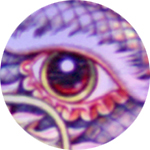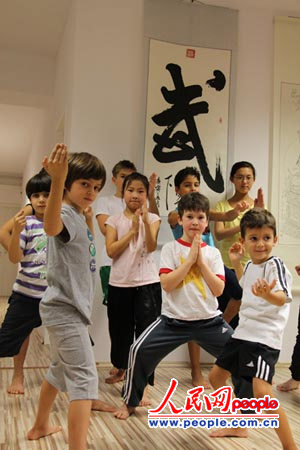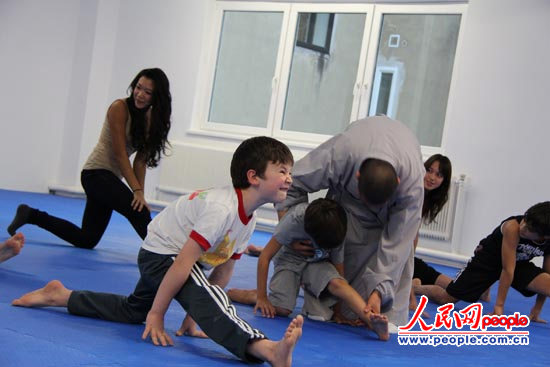Bonding through classical cultures
Updated: 2011-10-31 06:49
By Chen Nan and Bao Chang (China Daily)
BEIJING - The mission to export Chinese culture throughout Europe has received a major boost thanks to a deal struck with an Austrian art enterprise.
China Arts and Entertainment Group will sign a memorandum agreement with a Vienna-based performance company during President Hu Jintao's four-day visit to the country, which started on Sunday.
The move is aimed at setting up a new cooperative model to introduce Chinese culture to more Europeans, Xinhua News Agency reported.
"It's the first tie-up between Chinese and European entertainment enterprises," said Shi Mingde, Chinese ambassador to Austria.
The Chinese and Austrian companies will each hold a 50-percent stake in the venture and will look to introduce their entertainment products to Asian and European markets.
Culture is an important area of cooperation for China and Austria. To celebrate the 40th anniversary of the establishment of diplomatic ties, Austria has launched a series of activities this year under the title Year of China.
One of the first events was the Chinese New Year Concert on Jan 25 in Vienna's Golden Hall of Musikverein, the traditional venue for the annual New Year Concert, which was organized by the Austrian-Chinese Cultural Exchange Association.
President Hu earlier said the Year of China activities will serve as a platform to deepen exchanges between the people of both countries.
"I believe (the) activities will further enhance mutual understanding and friendship, promote bilateral exchanges and cooperation, and contribute to the diversity of culture and growth model around the world," he said.
The Golden Hall, founded in 1870, is considered to be one of the top three concert halls in the world. It is a beautifully ornate auditorium. Holding concerts at the venue is regarded as a great honor for artists.
In 2003, Song Zuying, one of China's most famous sopranos, became the first soprano in a traditional Chinese vocal style to give a recital there, performing signature songs such as Beautiful Life and Spice Sister, as well as Jasmine, one of the most famous Chinese folk songs.
Conducted by Li Xincao of the China National Symphony Orchestra, the concert also featured erhu artist Song Fei and bamboo flutist Zhang Weiliang.
"The Austrian audience impressed me greatly as I had not expected foreigners to love Chinese traditional songs so much. They called me 'Chinese Jasmine'," Song said in an interview.
Since then, a range of famous Chinese artists have performed at the venue, including sopranos Tan Jing and Lei Jia, tenor Wang Hongwei, pop singer Li Yugang, pianist Lang Lang and the Oriental Jasmine Girls Band.
Yet, it is not just the Golden Hall. In recent years, Chinese artists have performed all over Austria to showcase traditional and modern culture.
This year, contestants from the popular TV show China's Got Talent, including past winner Liu Wei, an armless pianist, visited Austria as part of a world tour.
The Chinese Calligraphy Concert in June also took Viennese audiences on a magical journey at Hofburg Palace, featuring a live calligraphy display by master Li Binquan.
In August, the Central Chinese Orchestra also became the first traditional Chinese music group to be invited to play at the 91st Salzburg Music Festival.
Following these landmarks, Chinese performance companies have turned their attention to Austria.
One of them is Heaven Creation International, which has just started the first Sino-Austrian cultural joint venture with Vienna City Hall. The project is focused on the planning and implementation of cultural activities, including drama, music, acrobatics and stage performances.
Cao Xiaoning, the company's chief executive, said he hopes to promote communications in culture, artistic creation and performances through new platforms.
As well as performances, other cultural events have also been held to enhance cultural exchanges between the two countries.
In 2006, Chinese filmmakers visited Vienna to attend China Movie Week. Also, this month, China's world-famous Shaolin Temple opened the Shaolin Cultural Center of Austria to help Westerners learn more about Shaolin and Chinese Buddhist culture.
From Jan 1 to Feb 5 next year, Meet in Vienna Austria-China Art Festival will be held in Vienna and other places around Austria.




 Reply With Quote
Reply With Quote







